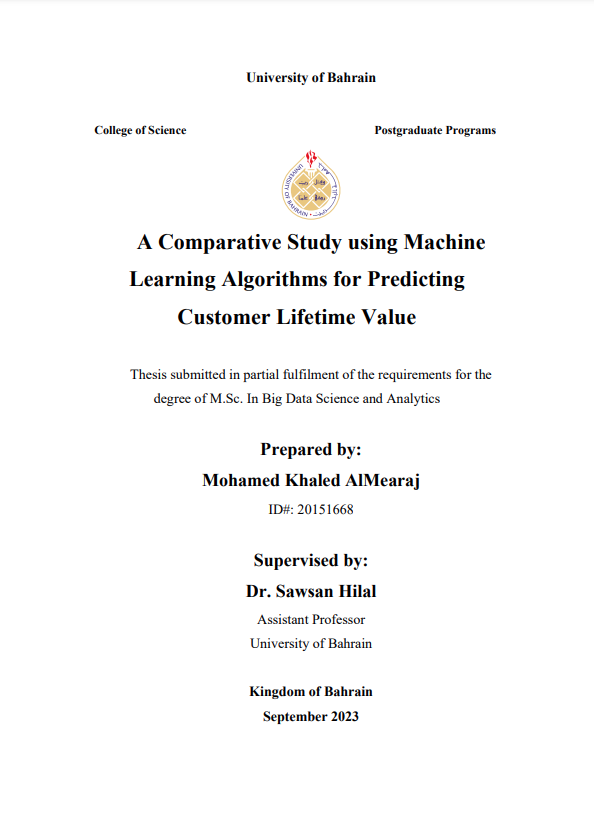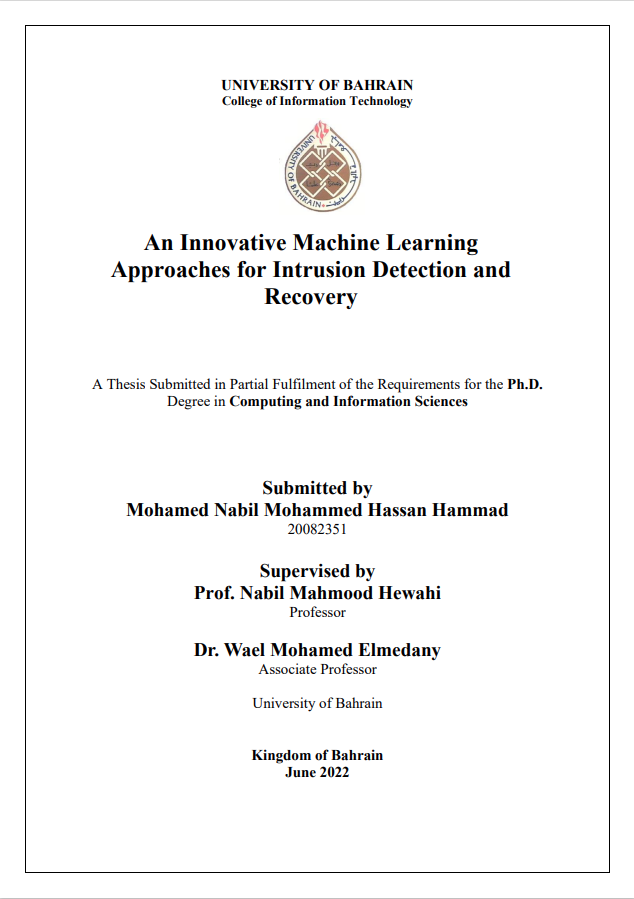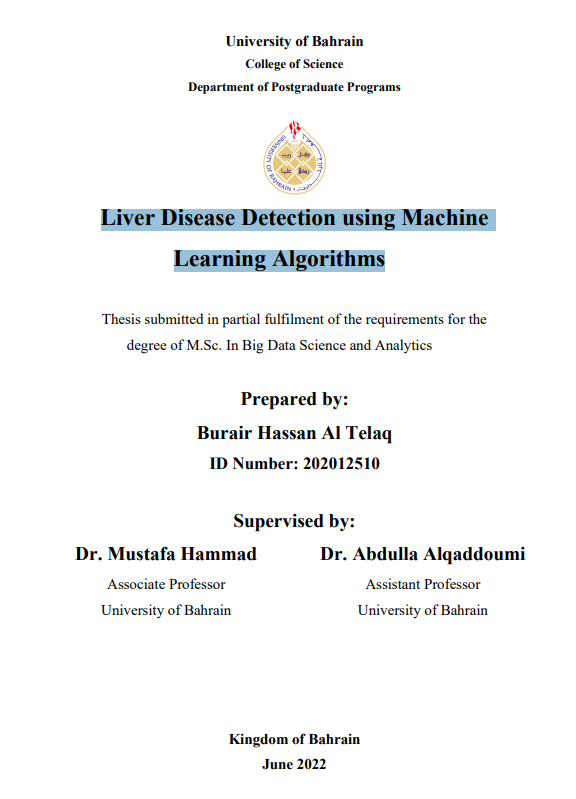Performance Comparison for Deep Learning Models to Predict Top Cryptocurrencies Price
Linked Agent
Hilal, Sawsan, Thesis advisor
Hewahi, Nabil, Thesis advisor
Date Issued
2022
Language
English
Extent
[1],10, 93, 14 [1] pages
Subject
Place of institution
Sakhir, Bahrain
Thesis Type
Thesis (Master)
Institution
"""University of Bahrain, College of Science, Department of Postgraduate Programs
English Abstract
Abstract:
Today, cryptocurrency investors need accurate predictions to make
optimal investment decisions that maximize profits or minimize losses.
Moreover, accurate predictions can help policymakers and regulators
understand the behaviour of cryptocurrency markets. Cryptocurrency
prices, however, are difficult to predict due to their fragility and
complexity. Recently, Deep Learning (DL) has been used and presented in
academic literature as a potential successor to traditional statistical and
machine learning methods for time series problems. DL techniques can
efficiently handle time series problems such as nonlinear relationships,
multivariate inputs due to their powerful ability to learn from raw data. In
this empirical study, the top two current cryptocurrencies, Bitcoin and
Ether, are used to compare the performance of 6 DL techniques. These are
Fully Connected Neural Network (FCNN), Long-Short Term Memory
(LSTM), Bi-directional Long-Short Term Memory (BLSTM),
Convolutional Neural Network (CNN), and two other different hybrid
architectures constructed using these techniques. The results show that DL
techniques effectively predict the prices of cryptocurrencies, with an
overall Average Mean Absolute Percentage Error (MAPE) of 9.76, Root
Mean Squared Error (RMSE) of 5007.75, and prediction accuracy of
90.24% for Bitcoin. For Ether, the overall averages were a MAPE of 16.41,
RMSE of 765.87, and prediction accuracy of 84.13%. The combination of
CNN, LSTM followed by FCNN in a hybrid architecture led to the best
prediction results for Bitcoin. This combined model outperformed both the
basic model and all other models. It achieved a 2.83% lower MAPE, and a
3.03% lower RMSE. On the other hand, CNN's performance on Ether was
marginally better than the base model, with a 0.47% lower MAPE and a
0.54% lower RMSE.
Member of
Identifier
https://digitalrepository.uob.edu.bh/id/06f499af-8f47-4673-992e-bbdffebf0245
Same Subject




